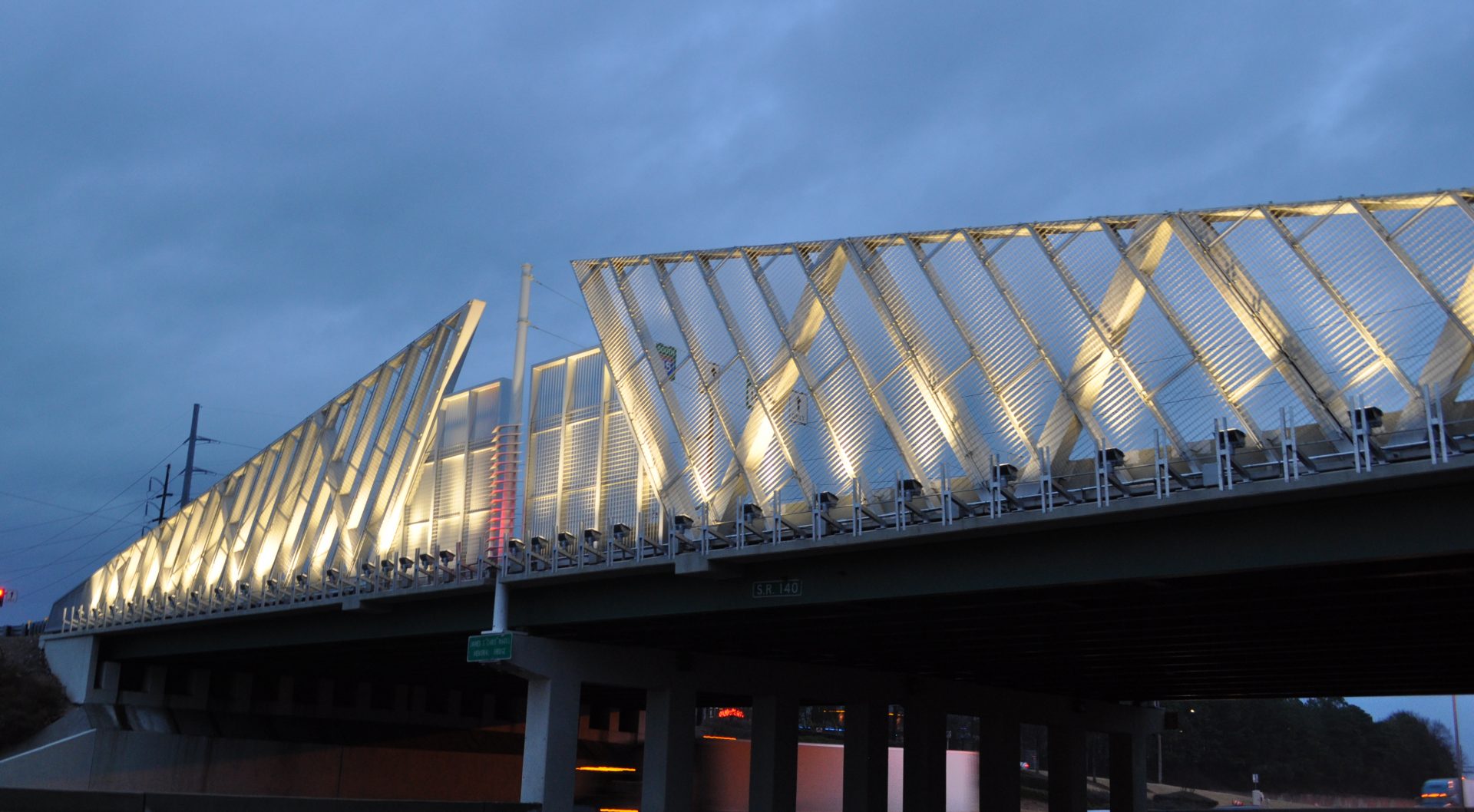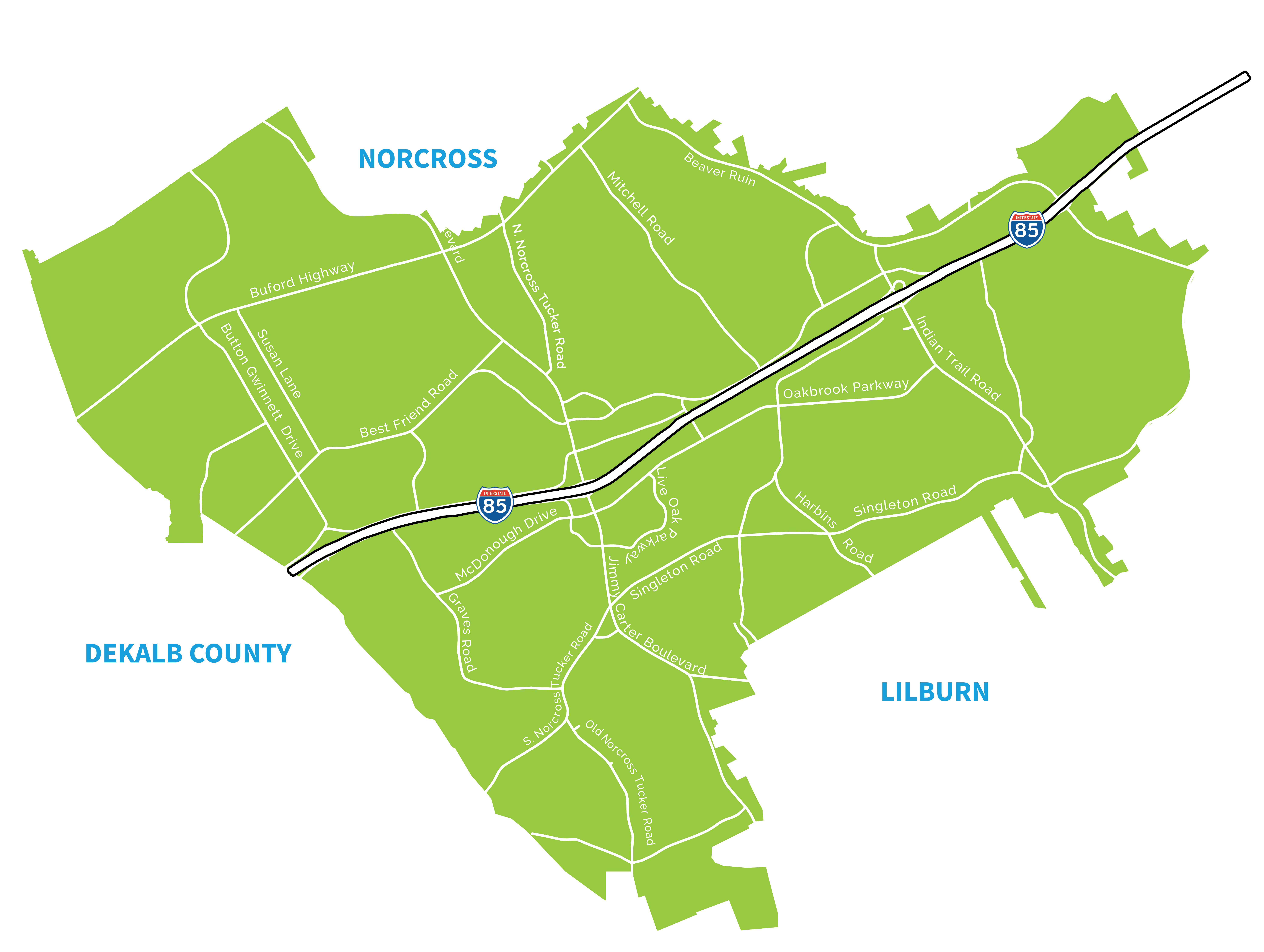Sustainability Framework and a Powerful Future for Gateway85
When you think about sustainability, what comes to mind? Most who work in this space think Economic, Environmental and/or Social factors. For decades these components have guided the conversation around sustainability but there were no clear metrics or guidelines for how to assess these.
Since the early 2010s, a collaborative effort[i] has resulted in the development and use of a tool called Envision™, to provide substantial guidance into understanding the many dimensions of sustainability. The use of this tool can also provide ideas to improve processes and outcomes, taking a holistic approach to planning and developing infrastructure.
The categories for consideration outlined in the tool include:
- Quality of Life
- Leadership
- Resource Allocation
- Natural World
- Climate & Resilience
If you think about the work of Gateway85 CID, we touch each of these in some way. I want to start by sharing a few examples of reaching for a better outcome by using Envision principles as a guide.
Each of the five categories has a list of associate credits that are more specific components within the category. Each credit then has a range of possible values.
For example, under Leadership there is a credit for providing stakeholder involvement. The low end of the spectrum is just identifying who might be a stakeholder and what might concern them. At the high end, you develop true partnerships with the stakeholders. Our most recent planning projects (Jimmy Carter Blvd or Indian Trail LCI studies), you know that we take stakeholder engagement seriously, listen to all input and work hard to incorporate all feasible recommendations. I’d score us on the high end of the spectrum; the community wins because we listened.
How did we get better engagement? We went to where people in the community gather and are open to conversation: festivals, shopping centers, restaurant, parks and the like. We often included opportunities to taste some authentic food from the many cultures represented in the community. Our team looked a lot like the community and spoke many languages in addition to English. Surveys were conducted in the five most dominant languages, in addition to English.
Turnout was great, and the information exchange was valuable. There were numerous follow-up meetings and discussions. A large group was asked to review the plan and recommendations. Comments were received and incorporated. Just as importantly, after the plan was done, the conversations have continued. This is true stakeholder engagement…reaching out and making ourselves available in the community where people who are affected by our projects live, work, pray, are educated, visit and play every day.
There are other dimensions of sustainability, listed above, where we are in the beginning stages. As we develop our infrastructure projects, how does sustainability apply? As we examine the possibility of a robust transit presence, what does that mean for our transformation and sustainability? In future posts, I’ll share more on what we are doing and how we’re progressing on the sustainability front.
What are you doing in your work, in your community to create a more sustainable place?
Sustainability is imperative as we create our work plans and a proven, measurable approach is key to making a positive impact on our community with projects that move us forward and take into consideration every member of our community and the community as a whole.
[i] Institute for Sustainable Infrastructure was founded by the American Public Works Association (APWA), the American Society of Civil Engineers (ASCE), and the American Council of Engineering Companies (ACEC) and operates under their oversight. ISI collaborated with the Zofnass Program for Sustainable Infrastructure at the Harvard University Graduate School of Design to develop Envision. (quoted from their website)
Marsha Anderson Bomar, Executive Director


